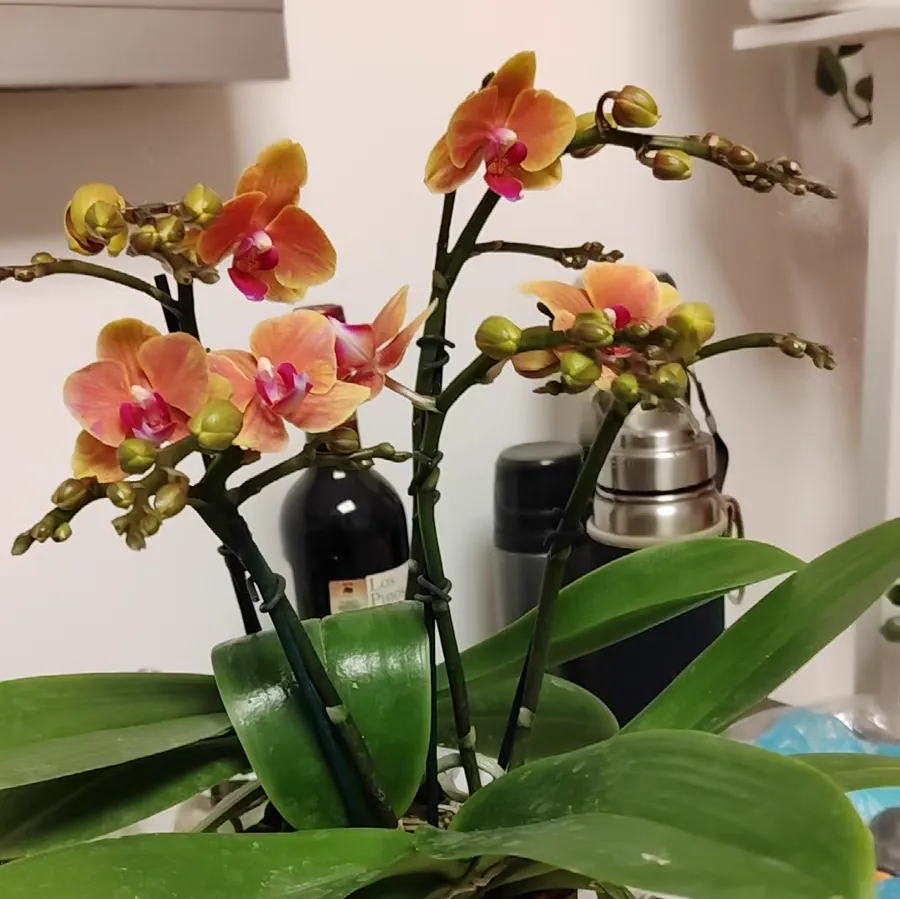After the flowering period of phalaenopsis, repotting is a crucial step to make it bloom again! Follow these detailed steps to give your phalaenopsis a comfortable "new home".
### I. Preparations
#### Pot Selection
- Transparent plastic pots: Convenient for observing root status.
- Root-controlling pots: Promote root growth.
- Red ceramic pots: Excellent air permeability.
*Note: Ensure the pot is clean and sterile; rinse with water or disinfect in advance.*
#### Substrate Preparation
- Pine bark: Good air permeability, suitable for well-ventilated environments.
- Sphagnum moss: Strong water retention, ideal for low-humidity areas.
### II. Pruning
#### Withered Flower Removal
- Cut off faded flowers above the 2nd-3rd node from the base of the flower stem to prevent nutrient consumption.
#### Root Trimming
- Gently remove the phalaenopsis from the old pot, clean rotten and withered roots thoroughly, and retain only healthy roots to lay a foundation for subsequent growth.
### III. Disinfection
- Sharpen pruning tools (e.g., scissors) and disinfect them in advance with alcohol or carbendazim solution.
- After pruning, air-dry the roots and wounds in a cool, ventilated place before repotting to avoid infection from moisture.
### IV. Repotting
1. Fill part of the pot with substrate.
2. Gently place the phalaenopsis in the pot and slowly stretch out the roots.
3. Continue filling the substrate to fix the plant. *Avoid using an overly large pot, as poor drainage and ventilation may suffocate the roots.*
### V. Post-Repotting Maintenance
#### Watering
- Phalaenopsis prefers a warm, humid environment. Water thoroughly when the surface of the substrate dries out (adhere to the "dry-wet cycle" principle).
- In dry conditions, mist the plant and surrounding area to increase humidity.
#### Fertilization
- Apply water-soluble fertilizer at a low concentration after repotting. Follow the principle of "thin fertilization, frequent application" to prevent root burning and provide gentle nutrient supplementation.
#### Light
- Phalaenopsis thrives in diffused light. Avoid direct sunlight; place it in a bright, non-sunny spot.
By following these steps, your phalaenopsis will quickly recover and bloom stunningly in the next flowering period!
How to repot phalaenopsis after flowering

Share with
Tagged in :




Leave a Reply